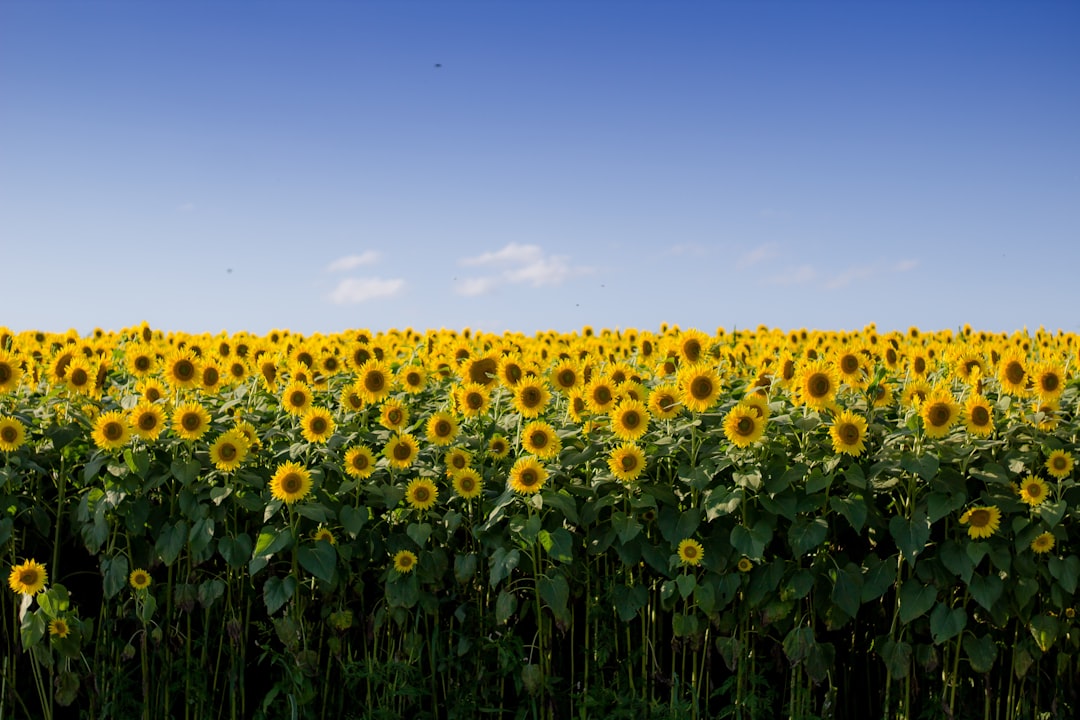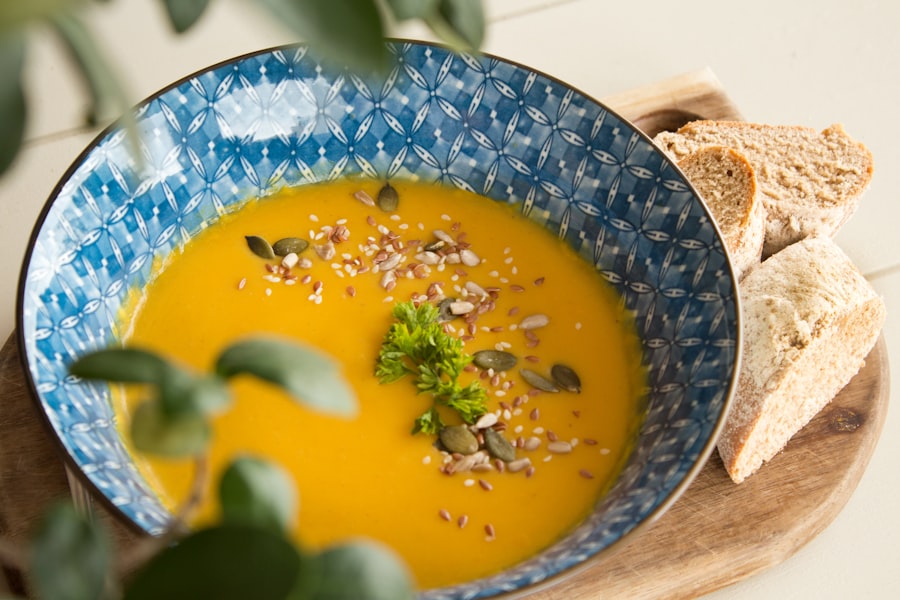Growing Sunflowers from Seeds: A Simple Guide

Sunflowers are not only beautiful and vibrant, but they also offer a range of benefits to your garden. Growing sunflowers from seeds allows you to witness the entire life cycle of these magnificent plants, from tiny seeds to towering flowers. There is a sense of satisfaction and accomplishment that comes with nurturing a plant from its earliest stages.
Sunflowers are known for their large, bright yellow flowers that can reach impressive heights. They add a pop of color and a touch of whimsy to any garden or landscape. In addition to their beauty, sunflowers also attract pollinators such as bees and butterflies, making them beneficial for the overall health of your garden.
Growing sunflowers from seeds also allows you to have control over the entire process. You can choose the specific variety of sunflower that you want to grow, and you can ensure that the seeds are of high quality. It is a rewarding experience to watch the seeds sprout and grow into tall, majestic plants.
Choosing the Right Sunflower Seeds for Your Garden
When it comes to choosing sunflower seeds for your garden, there are several factors to consider. First, you need to decide what type of sunflower you want to grow. There are different varieties available, ranging from dwarf varieties that are perfect for small spaces, to giant varieties that can reach heights of up to 12 feet or more.
Consider the space you have available in your garden and choose a variety that will fit well. If you have limited space, opt for dwarf or medium-sized varieties. If you have ample space and want to make a statement, go for the giant varieties.
Another factor to consider when choosing sunflower seeds is the bloom time. Some varieties bloom earlier in the season, while others bloom later. If you want a continuous display of sunflowers throughout the summer, choose a mix of early and late blooming varieties.
Lastly, consider the color and shape of the sunflower. While the classic yellow sunflower is the most popular, there are also varieties available in shades of red, orange, and even bi-colors. Additionally, some sunflowers have single blooms, while others have multiple blooms on a single stem.
Preparing the Soil for Sunflower Planting
Sunflowers thrive in well-drained soil that is rich in organic matter. Before planting sunflower seeds, it is important to prepare the soil properly to ensure optimal growth.
Start by clearing the area of any weeds or debris. Sunflowers need plenty of space and sunlight to grow, so make sure there are no obstructions that could hinder their growth.
Next, loosen the soil using a garden fork or tiller. This will help improve drainage and allow the roots to penetrate the soil more easily. Remove any large rocks or clumps of soil that may impede root growth.
Once the soil is loosened, incorporate organic matter such as compost or well-rotted manure. This will enrich the soil and provide essential nutrients for the sunflowers. Spread a layer of organic matter over the planting area and mix it into the top few inches of soil.
Planting Sunflower Seeds: Step-by-Step Instructions
| Step | Description |
|---|---|
| 1 | Choose a sunny location with well-draining soil. |
| 2 | Prepare the soil by removing weeds and adding compost. |
| 3 | Plant the sunflower seeds 1 inch deep and 6 inches apart. |
| 4 | Water the seeds immediately after planting and keep the soil moist. |
| 5 | Thin the seedlings to 1 foot apart when they are 2-3 inches tall. |
| 6 | Fertilize the sunflowers every 2-3 weeks with a balanced fertilizer. |
| 7 | Stake the sunflowers if they are tall or in a windy location. |
| 8 | Harvest the sunflower seeds when the back of the flower head turns yellow and the seeds are plump. |
Knowing when to plant sunflower seeds is crucial for successful growth. Sunflowers are warm-season plants and should be planted after the danger of frost has passed and the soil has warmed up. In most regions, this is typically in late spring or early summer.
To plant sunflower seeds, follow these step-by-step instructions:
1. Choose a sunny location in your garden that receives at least 6-8 hours of direct sunlight per day.
2. Dig a hole that is about 1-2 inches deep and place one or two sunflower seeds in each hole.
3. Cover the seeds with soil and gently firm it down to ensure good seed-to-soil contact.
4. Water the newly planted seeds thoroughly, making sure the soil is evenly moist but not waterlogged.
5. Keep the soil consistently moist until the seeds germinate, which usually takes about 7-10 days.
6. Once the seedlings have emerged, thin them out to ensure proper spacing. Leave only the strongest and healthiest seedling in each planting hole.
Watering and Fertilizing Sunflowers for Optimal Growth
Proper watering is essential for the healthy growth of sunflowers. While sunflowers are relatively drought-tolerant once established, they still require regular watering during their early stages of growth.
Water sunflowers deeply and infrequently, allowing the soil to dry out slightly between waterings. This encourages the roots to grow deeper into the soil in search of moisture, resulting in stronger and more resilient plants.
Avoid overwatering, as this can lead to root rot and other fungal diseases. It is better to underwater than to overwater sunflowers.
In terms of fertilizing, sunflowers are not heavy feeders and generally do well in moderately fertile soil. However, if your soil is poor or lacking in nutrients, you can apply a balanced fertilizer at planting time or when the seedlings are about 6 inches tall.
Protecting Sunflowers from Pests and Diseases

Like any plant, sunflowers are susceptible to pests and diseases. Common pests that can affect sunflowers include aphids, slugs, snails, and birds. Diseases such as powdery mildew and downy mildew can also be a problem.
To prevent pest infestations, regularly inspect your sunflowers for signs of damage or pests. If you notice any pests, remove them by hand or use organic pest control methods such as insecticidal soap or neem oil.
To prevent diseases, avoid overhead watering and provide adequate spacing between plants to promote good air circulation. If you notice any signs of disease, such as yellowing leaves or powdery growth, remove the affected plants and dispose of them properly to prevent the spread of disease.
Supporting Sunflowers as They Grow Taller
As sunflowers grow taller, they may require support to prevent them from toppling over. This is especially true for the giant varieties that can reach heights of 12 feet or more.
To support sunflowers, you can use stakes or trellises. Place the stakes or trellises in the ground near the base of the sunflower and gently tie the stem to the support using soft twine or plant ties. Be careful not to tie the stem too tightly, as this can restrict growth.
It is important to provide support for sunflowers before they become too tall and heavy, as it can be difficult to do so once they have reached their full height.
Harvesting Sunflowers: When and How to Pick the Seeds
Knowing when to harvest sunflowers is crucial to ensure that the seeds are mature and ready for consumption or future planting.
Sunflowers are typically ready for harvest when the back of the flower head turns yellow or brown and the seeds are plump and firm. The petals may have fallen off, and the seeds should be fully developed.
To pick sunflower seeds, follow these steps:
1. Cut the flower head from the stem using a sharp pair of garden shears or a knife. Leave a few inches of stem attached to the flower head.
2. Place the flower head in a paper bag or hang it upside down in a cool, dry place to allow the seeds to dry completely.
3. Once the seeds are dry, rub them gently with your hands or use a fork to remove them from the flower head.
4. Store the harvested seeds in an airtight container in a cool, dry place until you are ready to plant them or consume them.
Storing Sunflower Seeds for Future Planting or Consumption
If you want to store sunflower seeds for future planting or consumption, it is important to store them properly to ensure their viability and freshness.
To store sunflower seeds, follow these tips:
1. Make sure the seeds are completely dry before storing them. Moisture can cause the seeds to mold or rot.
2. Place the seeds in an airtight container, such as a glass jar or a plastic bag with a zip-top closure.
3. Store the container in a cool, dry place away from direct sunlight and extreme temperatures.
4. Check the seeds periodically for any signs of mold or pests. If you notice any issues, discard the affected seeds and store the remaining ones separately.
Enjoying the Beauty and Benefits of Sunflowers
Growing sunflowers from seeds is a rewarding and enjoyable experience. From choosing the right seeds to harvesting the mature flowers, every step of the process allows you to connect with nature and witness the beauty of these magnificent plants.
Sunflowers not only add a splash of color to your garden but also attract beneficial pollinators and provide food for birds and other wildlife. They are a symbol of summer and bring joy to any space they inhabit.
So why not give it a try? Plant some sunflower seeds this season and watch as they grow into tall, majestic plants that will bring beauty and happiness to your garden.



